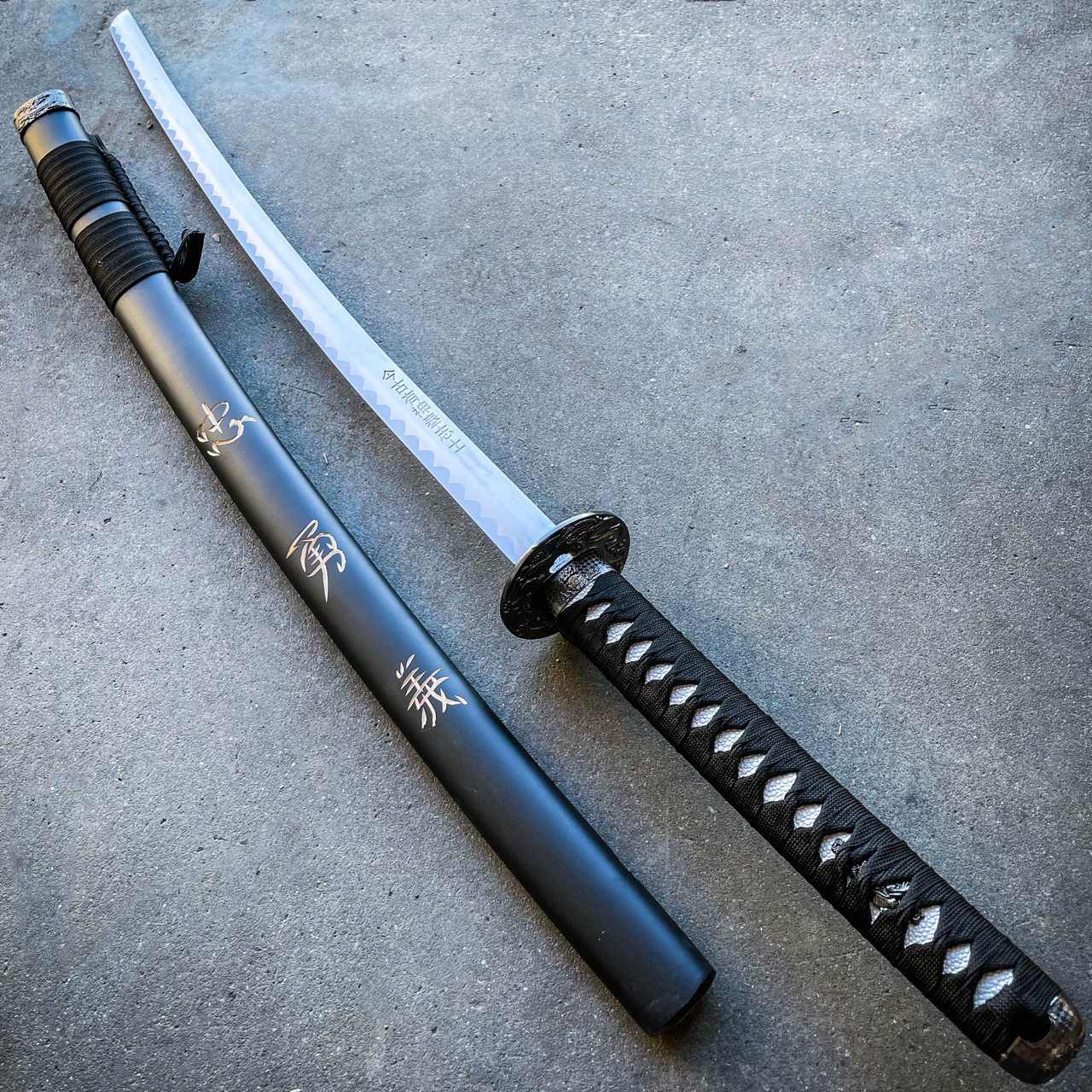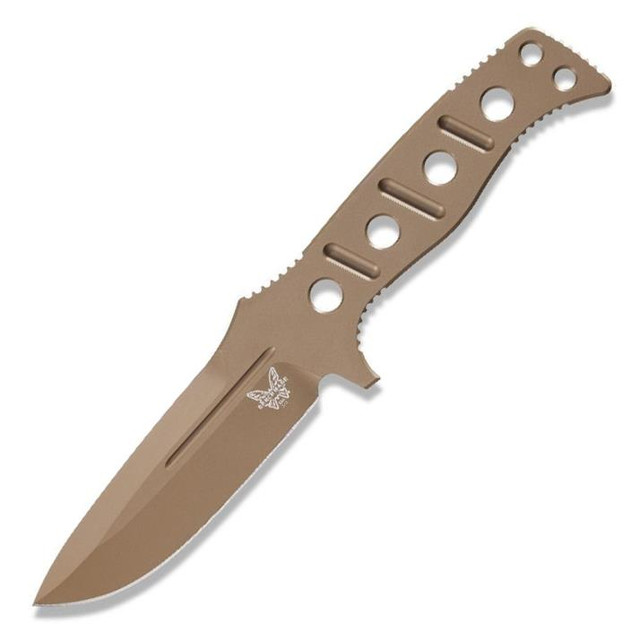Samurai swords undoubtedly hold a certain mystique most other swords don’t. You’d think with the Japanese being so used to these swords as part of their history and culture they would be rather blasé about it all. In fact, the opposite is true – the Japanese people have held in high regard all along, to this very day, everything involved with samurai swords; the blades themselves, the decorations, the history, and of course, the artisans who skillfully craft them.
Some would define a real samurai sword as one which has been wielded by a samurai in a bygone era. I believe this is an incorrect distinction. To me, such swords wielded by samurai I refer to as ‘original’ or ‘antique’ samurai swords. Real samurai swords are simply swords which have been created by skilled sword smiths in the traditional manner, and not factory reproduced. Hence, a real sword could be just a few hours or days old, providing it was borne of the traditional way.
Massive distinctions must be made clear between factory produced swords and real swords. To the non-connoisseur, a high quality factory produced sword may look pretty similar to a real sword on the outside, but inside, there is a world of difference too complicated to fully explore in this article, though I will touch upon a few key issues:
Real Samurai Swords…
…are made from folded steel. A block of steel which has been pounded and folded repeatedly creating layers, which gives the inside of the blade enormous strength and flexibility, much like the rings of a tree stump. Factory produced samurai swords are usually simply cast or ground out of a strip of non folded metal meaning they are very weak.
…have been heat treated. Clay is placed along the blade at differing thicknesses, heated, and plunged into water (a process called yaki-ire) which is designed to make the edge of the blade hard enough to retain it’s sharpness, whilst making the rear of the blade more soft and reed like, to absorb the shock of a blow. This is also what gives each blade the unique one-off pattern.
…are made to battle specs. Yes, even today. While swordsmiths may be inclined to experiment and sometimes make more flamboyant blades, each sword is made to the specifications of the past – that is, to be strong, light, flexible and ultimately, capable of swift killing. No self-respecting Japanese sword smith would abandon these underlying principles – the very principles which made these the world’s most notorious and functional swords. To do so would render it a non samurai sword.
In closing, real Japanese swords are a true investment, a true one off, and to hold a sword which has been created by a skilled sword smith in the traditional manner gives an appreciation of the craftsmanship and history, and feeling of awe that no factory made sword could ever give.
A block of steel which has been pounded and folded repeatedly creating layers, which gives the inside of the blade enormous strength and flexibility, much like the rings of a tree stump. Factory produced samurai swords are usually simply cast or ground out of a strip of non folded metal meaning they are very weak.



